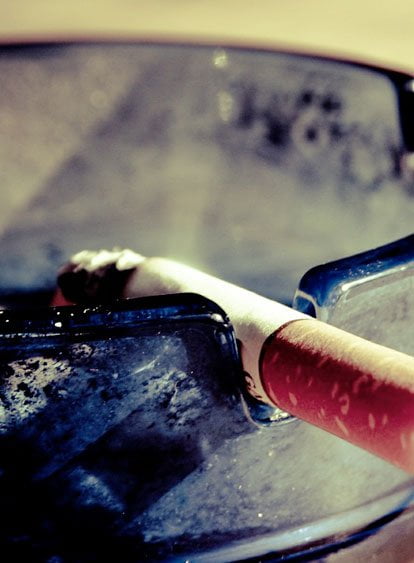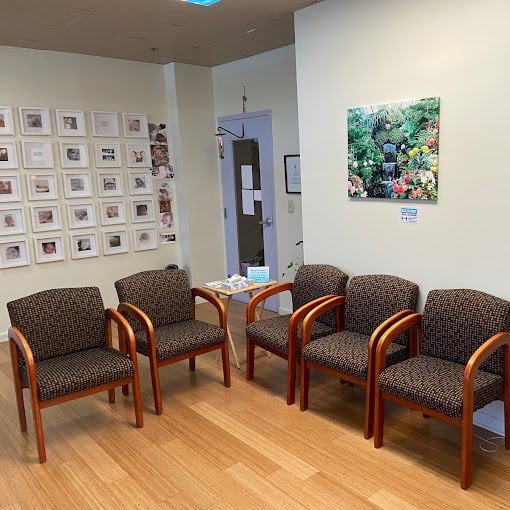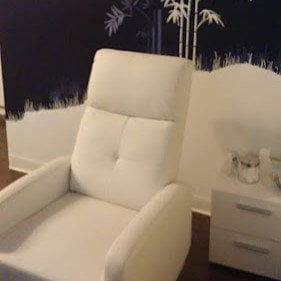Acupuncture for Scoliosis Treatment
Scoliosis has systemic effects beyond the obvious impacts on the musculoskeletal parts of the body.

Scoliosis has systemic effects beyond the obvious impacts on the musculoskeletal parts of the body.
Scoliosis can wreak havoc on the health of the back. If there is an spinal imbalance, virtually all of the muscles are affected, including adjacent muscles such as the Gluteus Medius. In general, the muscles on the concave side are tighter, those on the convex side are overly stretched. There are proprioception/balance deficits from the noxious stimuli at the joints of the abnormal curvature
These physical phenomena lead to adaptations that may work for a while. However, overtime these compensations for weaker and/or tighter or slack muscles are like borrowing from one side of your body to pay for the deficit of the other, and thus, leads to maladaptations (traits that have become more harmful than helpful).

Yet Scoliosis has systemic effects beyond the obvious impacts on the musculoskeletal parts of the body. The stress from the noxious stimuli produced by the abnormal curvature at the joint level heightens sympathetic tone, the part of the nervous system in charge of the fight or flight response. With heightened sympathetic tone, there is reduced parasympathetic (in charge of the relaxation response) function, leading to decreased blood flow to both internal organs (like stomach and bowel) and extremities, and it also leads to disturbed sleep, which further complicates the situation. The stress response induced by scoliosis also increases release of cortisol, epinephrine and norepinephrine, which heightens the pain response, making a person even more sensitive to pain.
Sounds awful right? Nevertheless, a person with scoliosis does not have to suffer. With proper assessment of imbalances and muscular inhibitions, and an appropriate treatment plan, a healer can relieve pain and distress, and steer a scoliosis patient toward effective management of their challenge.

Scoliosis Assessment
Assessment includes analysis of posture and gait, radiographic evidence if available, as well as the Adam’s Test. These basic steps reveal which part(s) of the back are too tight or too slack, and how the scoliosis affects the pelvic/hip girdles and lower extremities. For example, if the thoraco-lumbar spine has a convex right side, the upper back muscles on the right, such as the right mid and lower trapezius, the right serratus anterior and the right lattisimus dorsi, are stretched. However, the convex curve to the right brings the spine closer to attachment sites of muscles along the right pelvis and femur, creating excessive contraction and tension in the core low back muscles such as the right Obliques, the right Transverse Abdominis, the right Quadratus Lumborum, and the right Psoas. Assessment also involves use of the Exstore system, which as discussed in other pages of this site, is a streamlined orthopedic evaluation of muscle strength upon resistance. Findings of muscular weakness upon resistance indicate inhibitions that must be corrected for function to improve.
Scoliosis Treatment
Treatment involves three principle steps, first, the motor point needling of inhibited muscles to improve their function, and then the release of tight muscles as revealed in the assessment, via acupuncture and manual release and/or Gua Sha (gentle manipulation of the fascial connective tissue with a jade stone tool), and neuromodulation of the Lumbar Sympathetic Trunk, or LST to reduce sympathetic tone. Again, assessment using the Exstore system reveals muscular inhibitions. The postural and gait analysis, and the radiographic image of the curvature, point us to which muscles are tight and in need of release. With proper treatment, the abnormal forces on the spine are counterbalanced, which leads to improvement in posture, gait, and pain level.
The assessment continues at each follow up visit to monitor changes in posture, gait, muscle inhibition, and muscle tension. Follow up treatments may also include more focus on stress management, to help maintain the results of the first treatment and help build a foundation of appropriate self-care. To empower patients in self-care. Finally, Dr. David Jones, DACM, provides simple rehab techniques to his scoliosis patients, that enable them to counterbalance the abnormal curvature at home, and give much needed attention to the most vulnerable spots in the back and lower body.
Did you know?
Did you know that arm swing is vital to proper walking and running balance? People with untreated scoliosis typically have poor gait and inhibited swing of their arms. Yet the swing is protective! Fortunately, as imbalances improve through treatment, arm swing improves! In addition, Dr. David Jones, DACM encourages his patients to become more mindful of the power of their arm swing to keep them in proper balance.
What Can Scoliosis Do?
• Proprioception/balance Deficits – Noxious Stimuļl
• Headaches – Heightened SNS
• Menstral Irregularities – SNS Abnormalities
• Digestive Systems Irregularities – Heightened SNS
• Sleep – Heightened SNS
Assessment & Treatment Of Scoliosis
What Is Elevated Sympathetic Tone ?
• Pain, Noxious Stimuli, And Any Harmful State Will Elevate
The Sympathetic Nervous System
• This Hampers Parasympathetic Function Which Reduces
Blood Flow To Extremeties, Digestive Tract, And Disturbs
Sleep
• This Elevates The Pain Response Through The Release Of
Cortisol, Epinenpherin And Norepinenphen
: Scoliosis Is A Constant Noxious Stimuli At The Spinal And
Organ Level
Testimonial
This letter is to thank you so much for the acupuncture treatments. As you know, the constant pain I had been experiencing was emitting from the back area, somewhere near the top of the shoulder blade. Lifting my head or turning it to the right caused severe pain. Sometimes the pain radiated down into my right arm. Also, the fingers on my right hand were numb. When I first came to you, I had already been to physical therapy for my neck and shoulder pain. The physical therapy, which included ice packs, heat, traction and manual manipulation, only alleviated the pain somewhat and for a very short period. I had also had chiropractic treatments, which didn’t help at all. Before seeing you, I had never had acupuncture before, but was in such pain that I was willing to try anything. After your first treatment, I felt better. After the second, I had substantial relief. By the third treatment, the pain was nearly gone. And by the fourth treatment, I felt like I was back to normal. I’m grateful for your caring, patient manner and kindness. You are a very dear man. Thank you very much. Sincerely, Susan Allison

What to expect during your acupuncture treatment
- Relaxation is key: Settle in for a calming 30-60 minute session where fine needles are gently inserted at specific points based on your individual needs.
- Minimal discomfort: You may feel a slight, momentary sensation during needle insertion, followed by a wave of deep relaxation.
- Personalized care: We tailor each treatment plan to your unique concerns and goals, ensuring a safe and effective experience.
After your acupuncture treatment
- You may feel relaxed or energized. Remember, individual responses vary. If symptoms don't improve within a few weeks, discuss it with your practitioner.


